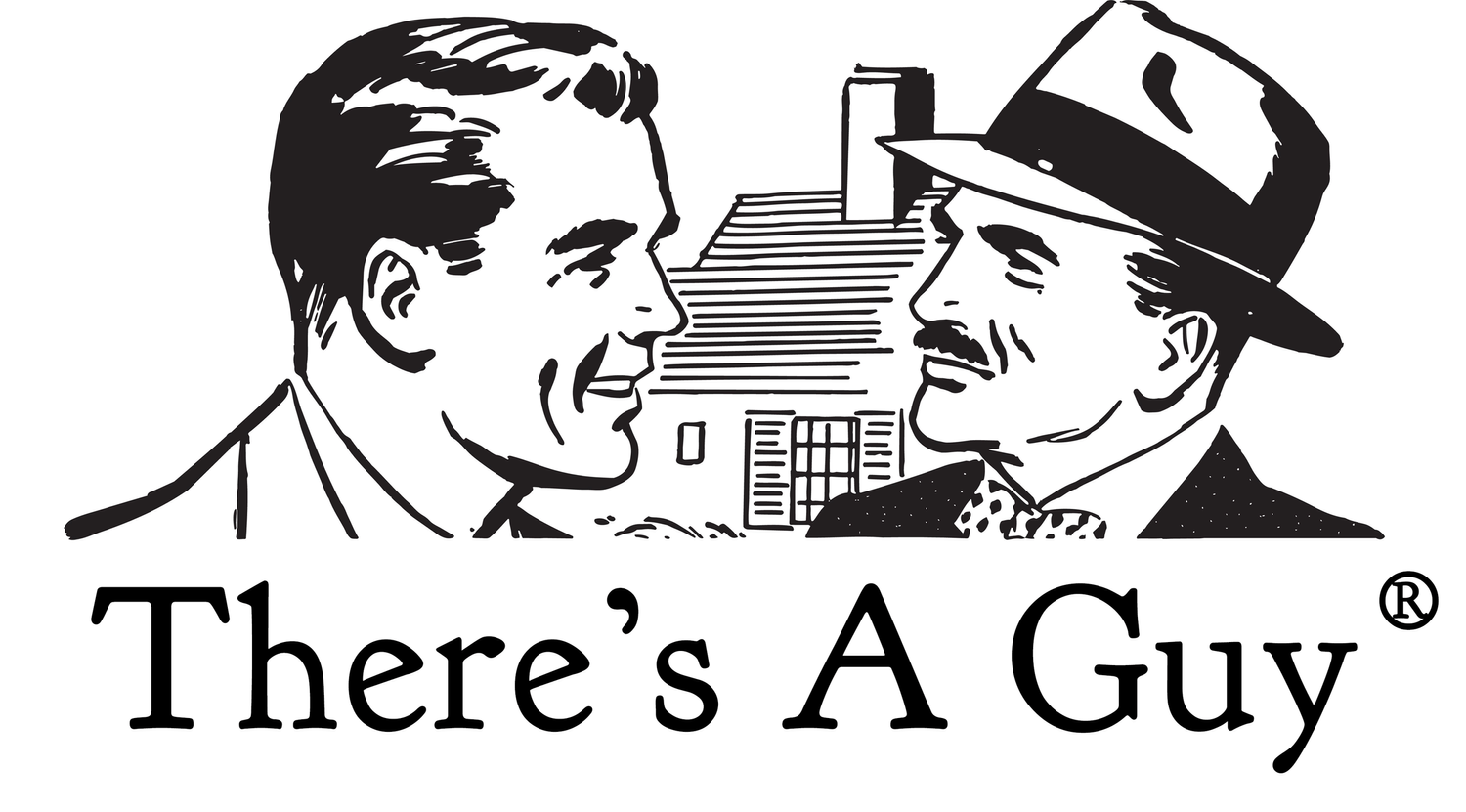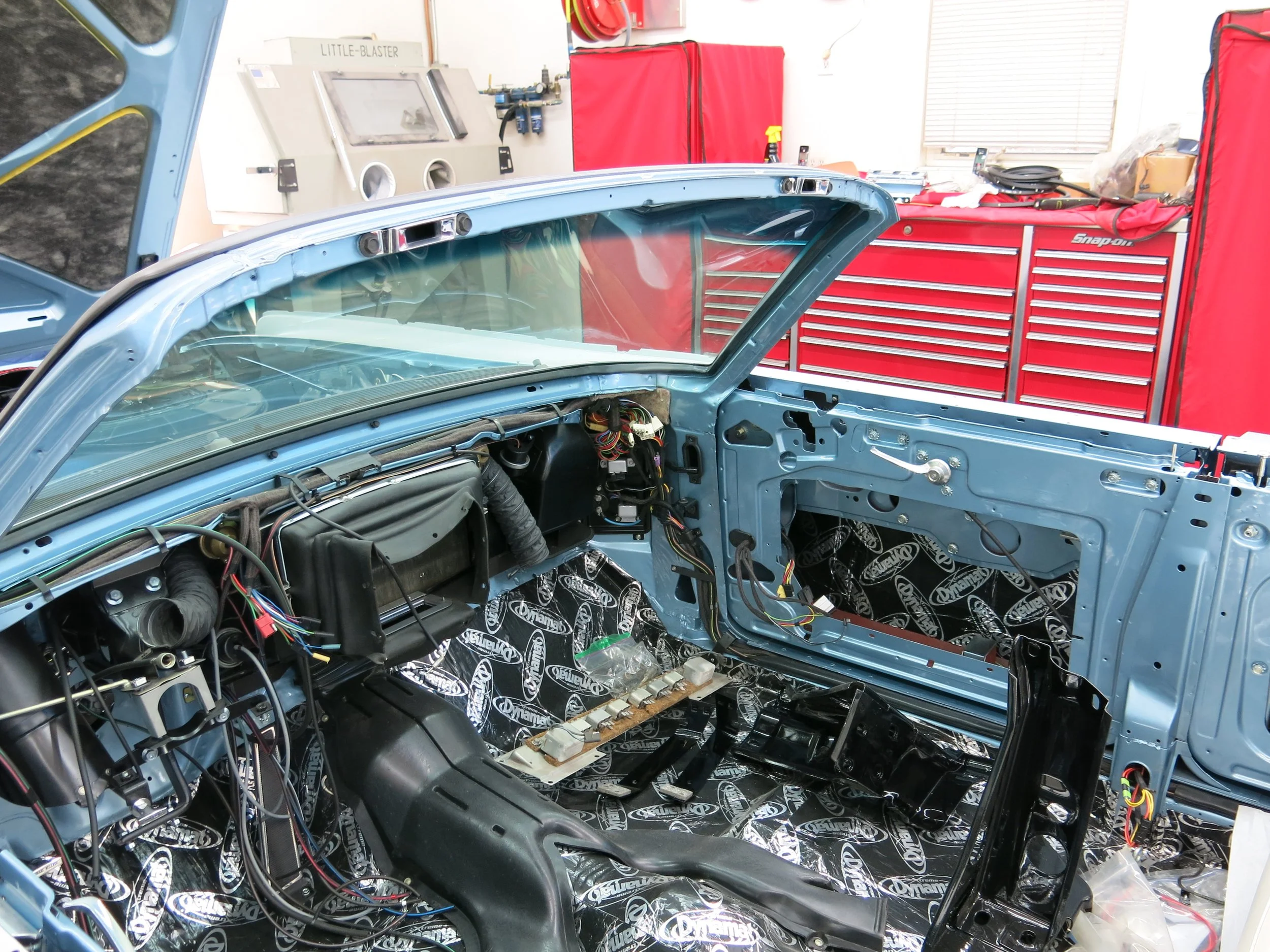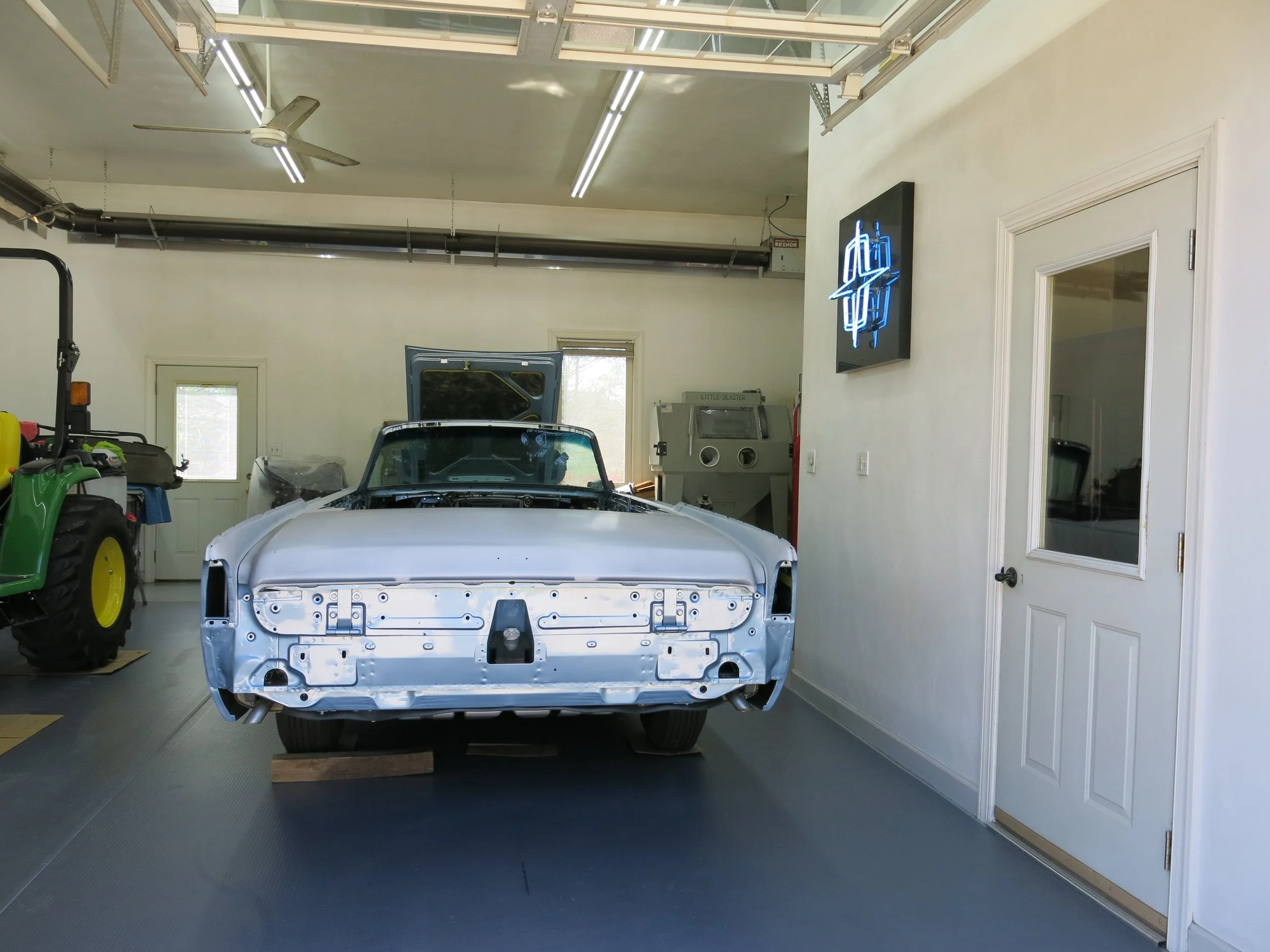The Meticulist
It’s easy to think you’re in the wrong place. The countryside is pastoral. A gravel road leads past cows gathered at a watering trough. Turn a corner and finer houses emerge, a bit hard to see behind gates and manicured hedges, the names of the homes cast into bronze plaques. The one that says “Crescent Hill” opens onto a long, straight driveway bordered by tall, perfect hornbeam trees, about a dozen on each side leading down to an attractive 4000-square foot brick house, surrounded by 6½ acres. The only clue that you’re not lost is that the 2-car garage within the main structure is supplemented by a detached 3-car garage and perpendicular to it, surrounded by tasteful plantings, a tarp covering an object about the size of a Lincoln. Otherwise it looks like the property of a partner in a good regional law firm. There’s nothing even the most fastidious neighbor could object to. It’s beautiful, and precise – you might suspect the blades of grass have serial numbers. It looks like the kind of residence whose homeowner, in the 1960s, would have driven a Lincoln Continental.
Once you park and are greeted by Rich Liana, his wife Joyce and a friendly German shepherd you’re ushered into the cleanest garage on the planet. Not only do epoxy floors protect the cars, rubber mats protect the epoxy. Climate control devices line the ceiling and wall. That typifies the level of attention on the cars that pass through. A video on YouTube extols another restoration shop as “The Church of Lincoln.” This is more The Chapel of Lincoln, both intimate and immaculate.
He only works on one car at a time. The car that just came in is a 1961 sedan with 29,000 miles, in need of a refresh, not a full restoration. Its “tuxedo” seats are still protected by those plastic covers your grandmother had on the sofa. The car is in wonderful shape. Most people wouldn’t touch it. These owners want it to look new again. To my eye, only the engine bay needed any real work, and that was mostly cosmetic.
Cosmetics is how Rich got started in restoration, but his history with Lincolns stretches back further. His dad owned a “slabside” Lincoln and it became his college car. Rich was pre-med at the University of Hartford but after earning a biology degree, entered the field of rehabilitation mobility equipment rather than Med School. The odd angles, unusual attachments and intricate positioning of support devices for people with severe injuries was a fascinating challenge, and played to his interest in engineering. And, he quips, “there were wheels involved”!
He got his second Lincoln shortly after graduating. Knowing that he did his own work on it brought a friend’s car to him for service. Another followed, then another. One day he drove his car, a burgundy ’67, to Baker’s Auto in Putnam, CT, near where he was living at the time just across the border in Massachusetts.
Ron Baker asked who’d painted Liana’s car. When he responded that it was his own work, Baker asked him to paint a customer’s car. Pleased with the results, another followed. Eventually, Ron told Rich that Baker’s expertise was on the mechanical side, and he needed someone he could send cars to for the body, paint and upholstery that matched Baker’s quality in engine and suspension work. They struck a deal, and each stuck to his knitting.
Time passed, and Liana tired of Northeast winters and Yankee reticence. Seeking greater warmth, both climatic and human, he relocated to Virginia around the same time Baker’s changed hands, and hung out his own shingle, this time for comprehensive restoration work.
The sedan awaits the Liana touch, but there’s another work in progress that represents the best of Liana’s skill. It’s his own car, in progress to become “the best ’63 in the world.” It’s stunning even at this early stage of restoration. Every fastener that I saw was new, and correct. The underside of the deck lid had been painted, and portions of the interior wheel well, both of which gleamed in their original Bermuda blue. Period-correct bias-ply tires held the body at the perfect height. Every label read as it should. Every wire was printed as in 1963. This was a time machine car, a reference car, a car worthy not just of respect, but adoration.
One part is indicative of the whole. On a table nearby lay the dashboard that will go into the car, and next to it, an original ’63 dashboard. Liana explains that while he has every shop and authenticity manual, plus most of what’s required locked into his brain, he still uses templates whenever he can. Each wire, each connector, each switch in the dashboard is matched to its twin in the old one. Every wire color is correct. Every connector is identical, just new, its rubber supple and tight.
The Heart Of The Matter
There’s a paradox at the center of Rich Liana’s work on Lincolns. It’s primarily a physical activity: turning wrenches, block-sanding panels, threading wiring harnesses. But the core of his work, what separates him from other restoration shops, isn’t the physical. It’s a way of thinking.
Rich tells of taking a set of custom rims, not for a Lincoln, to a shop to have tires mounted. The mechanic didn’t just haul them out of Rich’s truck two at a time, but instead laid out a mover’s cotton-and-felt mat, took each rim out separately, and laid it carefully on the mat to avoid scratches and dings on the rim’s edge. “That’s the guy I want working for me,” Rich told me.
He knows well the complexity of the convertible top mechanisms, but doesn’t find it daunting. “It’s a step-by-step process. X happens, then Y, then Z. Did Z happen? If not, did Y happen? If so, is the problem at X? Each thing that works isn’t the problem.”
“I gave a guy a chance to work with me. I showed him the shop manual and told him to read it cover to cover. After a week I quizzed him on it and he said he hadn’t read it. ‘I learn by doing,’ he told me. I explained that with these cars, you really needed both hands-on and on-paper learning, but he wouldn’t touch the book. I didn’t keep him on.”
Rich has intense respect for the engineers that designed 1960s Lincoln Continentals. He described with near-awe the considerations that went into the conduit through which a control wire for the power seats traveled. That such care went into so small and non-critical a part still informs his respect for these cars today.
These vignettes illustrate how thought processes shape Rich Liana’s restorations: a fastidious mechanic; a logical diagnostic sequence; the right blend of the printed word and the pragmatic work; and the revelations of automotive archelogy.
This focus on thought isn’t exclusive to Liana of course. The heart of any restoration shop is a guy, thinking about what makes sense, where to source a part, whether or not a refurbished, rebuilt, re-chromed part just received is up to snuff. If air tools are the soundtrack of modern shops, the soundtrack of restoration facilities is “the silence between the notes.” That silence is a good mechanic stopping to consider his next step, pausing to ask himself what’s irreversible, standing still for a moment to step back, catch the light and appraise the accuracy and appearance of work to date. At Liana Restorations, it reaches its apogee. His rigorous thinking-through of all aspects of Lincoln restoration involves an unprecedented level of precision, appreciation of the most fine-grained aspects of Ford engineering, standard of care and calibration of eye.
Under The Radar
In a world of nonstop hype, promotion and social media, Liana exists in a parallel universe of quiet recommendations, names passed discretely among people in the know willing to pay for quality, competence, no-hassle interaction and work done right the first time. He in turn expects trust and latitude, and certainly not requests to compromise his standards. A customer asking for work to be done only to a lesser extent to economize will likely have to wait until the project can be done right. When a request starts with “Couldn’t you just . . .?” a chill settles into the room. Liana doesn’t do “couldn’t you justs?”.
Neither do the specialty shops Rich works with. It takes time, effort and sometimes mistakes before he identifies a truly qualified partner to buy from or subcontract to. Those subcontractors are an integral piece of the value Liana Restorations delivers. He doesn’t rebuild the engines himself. He could, but it’s more efficient to farm that out to a specialist. The trick is, which one for rebuilding? And which for transmission work? Or soda blasting? Radio refurbishment? Comb the FaceBook pages for Lincolns and read the endless inquiries for brake shoes, exhaust pipes, fuel tanks. Start now and at 3 a.m., you’ll still be up, starring bleary-eyed at your computer. But what if you already knew, knew well who did the best work on that sub-system, had tested what you knew by working with him more than once, built a relationship of mutual competence and trust, and had a backup or alternative supplier for the same components? That saves money, angst and hours off a restoration project. Every orchestra needs a conductor.
For all the uniqueness of Liana Restorations, Rich remains accessible to his prior clients and new ones. The process is simple: a telephone call (he’s not partial to emails) and a full discussion of the current condition of your car and your desired goals. Then a deposit will secure a place in the line of cars awaiting his attention. As the prior customer’s car nears completion, Rich will alert you and you can plan to drive or ship the car to Troutville. It will never be in more capable hands.
©️2023 David Moyer





